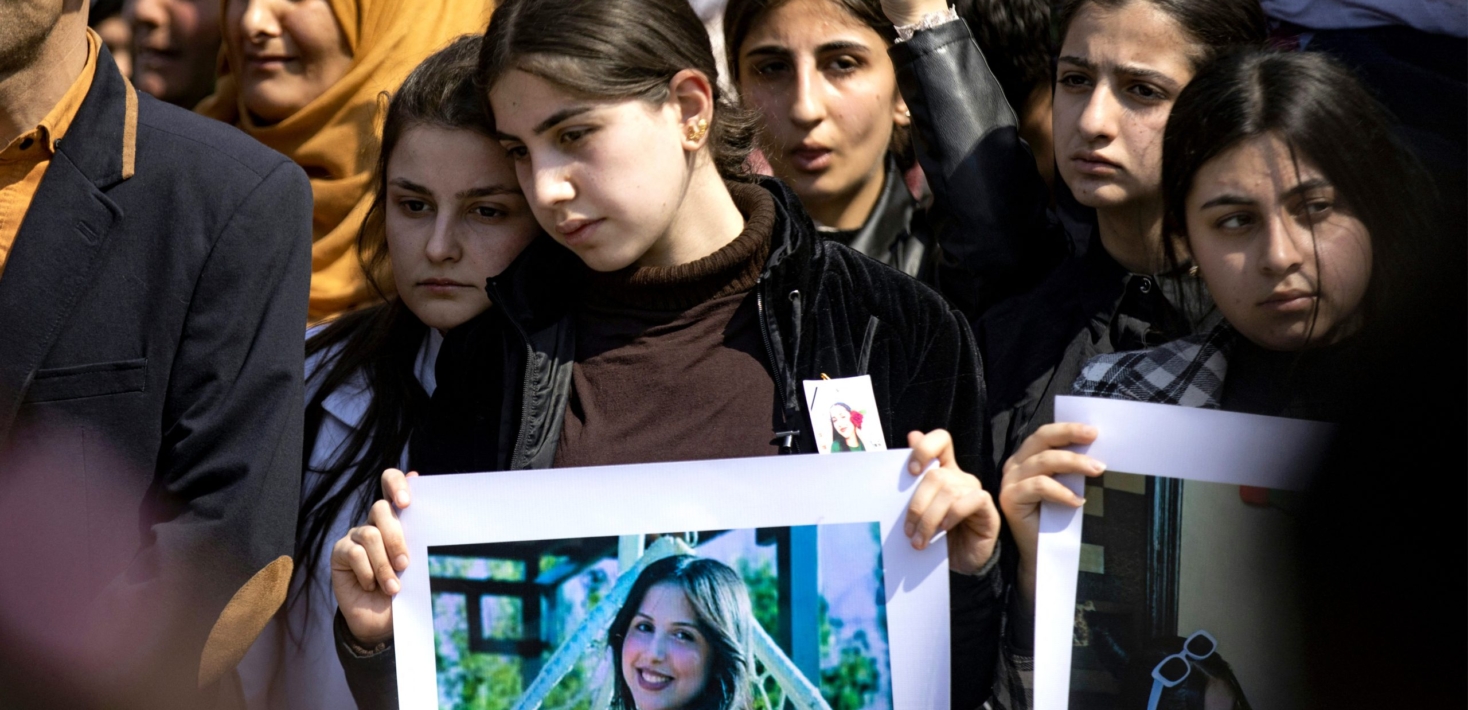Amnesty International has called for urgent, independent investigations into what it describes as a “horrifying wave of brutal mass killings” targeting Alawite civilians in Syria’s coastal region, warning that the deliberate targeting of civilians on sectarian grounds constitutes war crimes.
In a press release issued today, Amnesty revealed that more than 100 people were killed by government-affiliated militias in the coastal city of Banias between 8 and 9 March 2025. The human rights organisation has verified and investigated 32 of those killings, concluding they were carried out deliberately, targeting members of the Alawite minority. Eyewitnesses and survivors recounted how armed men interrogated residents about their sect before carrying out killings, some in cold blood and at close range.
“These attacks were calculated and ruthless,” said Amnesty’s Secretary General Agnès Callamard. “Our evidence indicates that government-affiliated militias deliberately targeted Alawite civilians in gruesome reprisal attacks – shooting individuals at close range in cold blood. For two days, authorities failed to intervene to stop the killings.”
Amnesty’s findings paint a grim picture of impunity and sectarian violence in Syria’s post-Assad transition. On 6 March, armed groups affiliated with the former regime of Bashar al-Assad launched attacks in Latakia and Tartous, prompting a counteroffensive by the Ministries of Defence and Interior, supported by pro-government militias. Although authorities declared victory by 8 March, the days that followed saw retaliatory attacks against Alawite civilians across coastal areas long associated with the Assad regime.
Banias, the site of a notorious 2013 massacre under Assad’s rule, once again became a symbol of Syria’s enduring bloodshed. Survivors described scenes of horror in the city’s al-Qusour neighbourhood: doors kicked in by armed men, families executed in their homes, and bodies piled in mass graves without religious rites or public mourning.
One woman, identified as Samira*, recounted to Amnesty how militiamen entered her home, confirmed her family’s Alawite identity, and shot her husband in the head on the roof. “I begged them not to take him,” she said. “We had nothing to do with the past or the death of their brother.” Her husband’s body was later found lying in a pool of blood.
Another resident, Ahmad*, described how his elderly father was shot in the back by gunmen who questioned the family’s sect before attacking. Saed*, who lost his father and two brothers, found their bodies lying at the entrance of the building after hearing gunshots following a confrontation between his family and the armed group.
Amnesty verified images and video footage of the killings and mass burials, corroborated by satellite imagery showing ground disturbance near Sheikh Hilal cemetery, where victims were buried without ceremony. “I saw hundreds of corpses,” said Saed. “I was alone burying my brothers… Corpses are next to each other and above each other.”
Residents also described the presence of foreign fighters among the perpetrators and reported that authorities did nothing to stop the attacks or provide safe routes of escape. Some fled on foot through forests, while others managed to escape with the help of Hay’at Tahrir al-Sham (HTS), a former opposition group now reportedly integrated into the government forces.
Amnesty confirmed the names of 16 other victims from Latakia and Tartous countryside, and the UN has documented 111 civilian deaths in Tartous, Latakia and Hama governorates. The Syrian Network for Human Rights (SNHR) has reported 420 unlawful killings, including 39 children, many of whom were disarmed fighters or civilians killed on a sectarian basis.
On 9 March, President Ahmed al-Sharaa established a fact-finding committee and a higher council to preserve civil peace. Amnesty welcomed these steps but stressed that investigations must be independent, properly resourced, and equipped to ensure witness protection, forensic documentation, and accountability.
“This is a test of the new Syrian leadership’s commitment to justice and equal protection,” said Callamard. “Without justice, Syria risks falling back into a cycle of further atrocities and bloodshed.”
Amnesty called on the Syrian government to conduct a thorough vetting process of its security forces, ensuring that no individuals responsible for grave human rights violations remain in positions of power.
A Turning Point?
The massacres come amid a turbulent period in Syria’s history. Following the fall of Damascus to HTS and allied groups in January 2025, the interim government dissolved all armed factions, promising to integrate them into national forces. While the process is ongoing, the recent violence underscores the fragility of the transition.
Callamard reiterated that sectarian reprisals must not be allowed to define the future of Syria. “The latest massacres targeting the Alawite minority create new scars in a country already burdened by too many unhealed wounds. Justice is not optional – it is the only way to break the cycle.”


